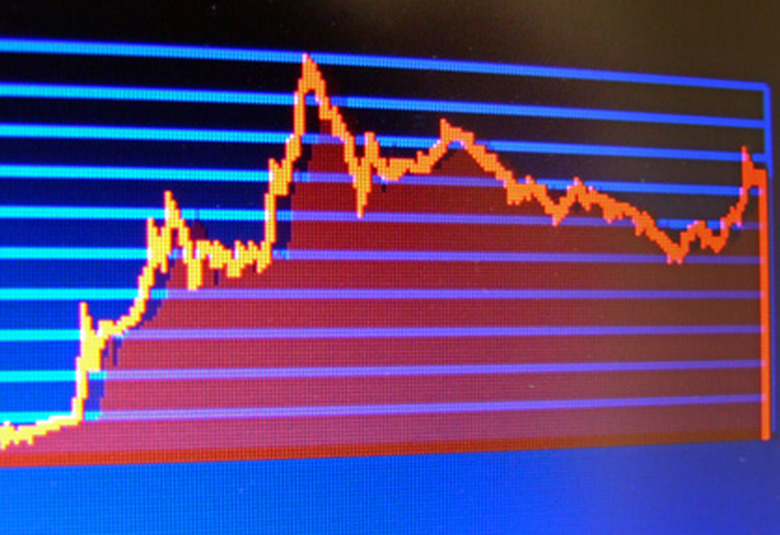How To Calculate Yearly Averages
Yearly averages, the average taken over two or more years, is often used for investment analysis. Knowing the yearly average return on your investments lets you make decisions about making different investments. Combined with other annual averages, such as the average return on different types of investments, you can find out how your investments compare with other investments.
Step 1
Obtain data for a yearly average. Use investment data for a period of five years for this example. Assume in 2005 your investments returned $1,000, in 2006 they returned $1,500, in 2007 they returned $2,000, in 2008 they returned $1,250 and in 2009 they returned $1,750.
Step 2
Total the quantities for each year. Conclude that for this example the total dollars, the sum of the quantities, is $7,500 since 1,000 plus 1,500 plus 2,000 plus 1,250 plus 1,750 is 7,500.
Step 3
Divide the total of the quantities by the number of years used in the average. Conclude that the yearly average for this example is $1,500 since $7,500 divided by the number of years, 5, is $1,500.
TL;DR (Too Long; Didn't Read)
The average is sometimes called the mean or arithmetic mean. There are different types of mean, such as the geometric mean. The geometric mean however is not calculated the same as the arithmetic mean.
The sum of a group of numbers is sometimes denoted with the Greek letter sigma. Sometimes the formula for the arithmetic mean is expressed using sigma notation.
Warning
Although a yearly average will give you a good idea of what average return to expect over a number of years, it is often not useful for predicting what will occur for any one year. For example, if an investment returned $10,000 in one year and lost $9,000 the next year, the yearly average would be $500. For this investment it would not be probable that you would return $500 the year after you made the investment. On the other hand, the data used to calculate the average suggest that you would have a 50 percent chance of making $10,000 and a 50 percent chance of losing $9,000.
Cite This Article
MLA
Stansberry, Mark. "How To Calculate Yearly Averages" sciencing.com, https://www.sciencing.com/calculate-yearly-averages-6513876/. 24 April 2017.
APA
Stansberry, Mark. (2017, April 24). How To Calculate Yearly Averages. sciencing.com. Retrieved from https://www.sciencing.com/calculate-yearly-averages-6513876/
Chicago
Stansberry, Mark. How To Calculate Yearly Averages last modified March 24, 2022. https://www.sciencing.com/calculate-yearly-averages-6513876/
